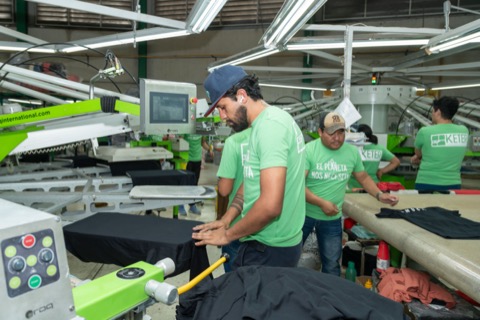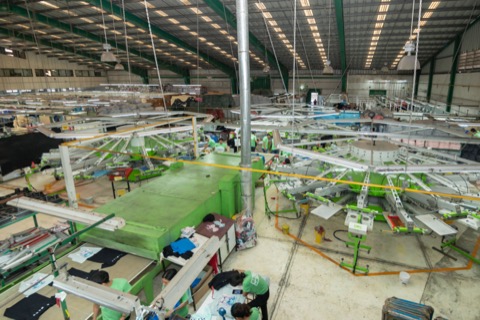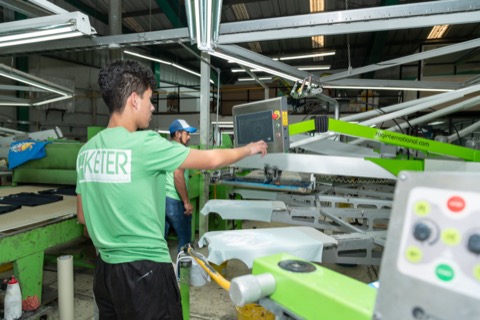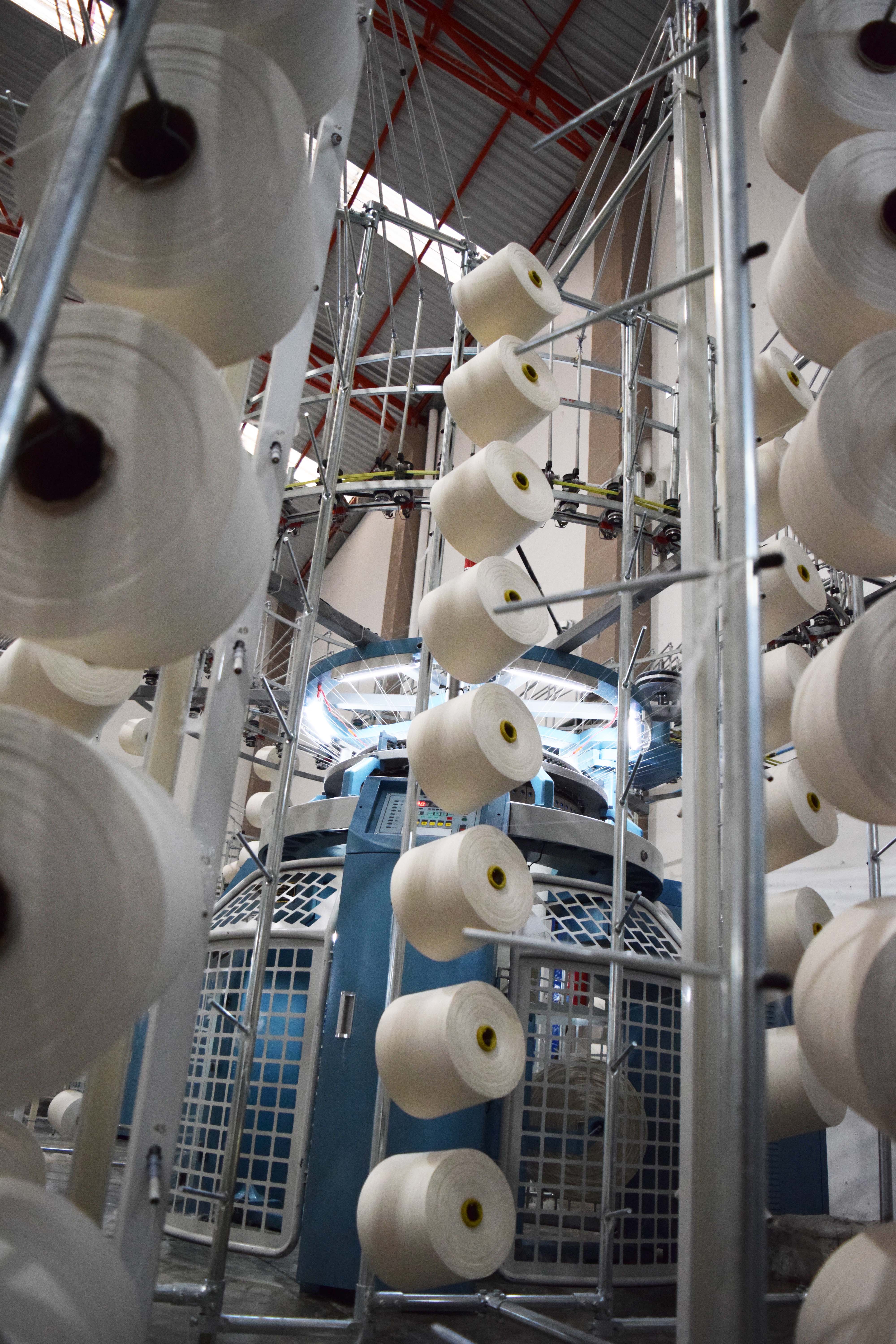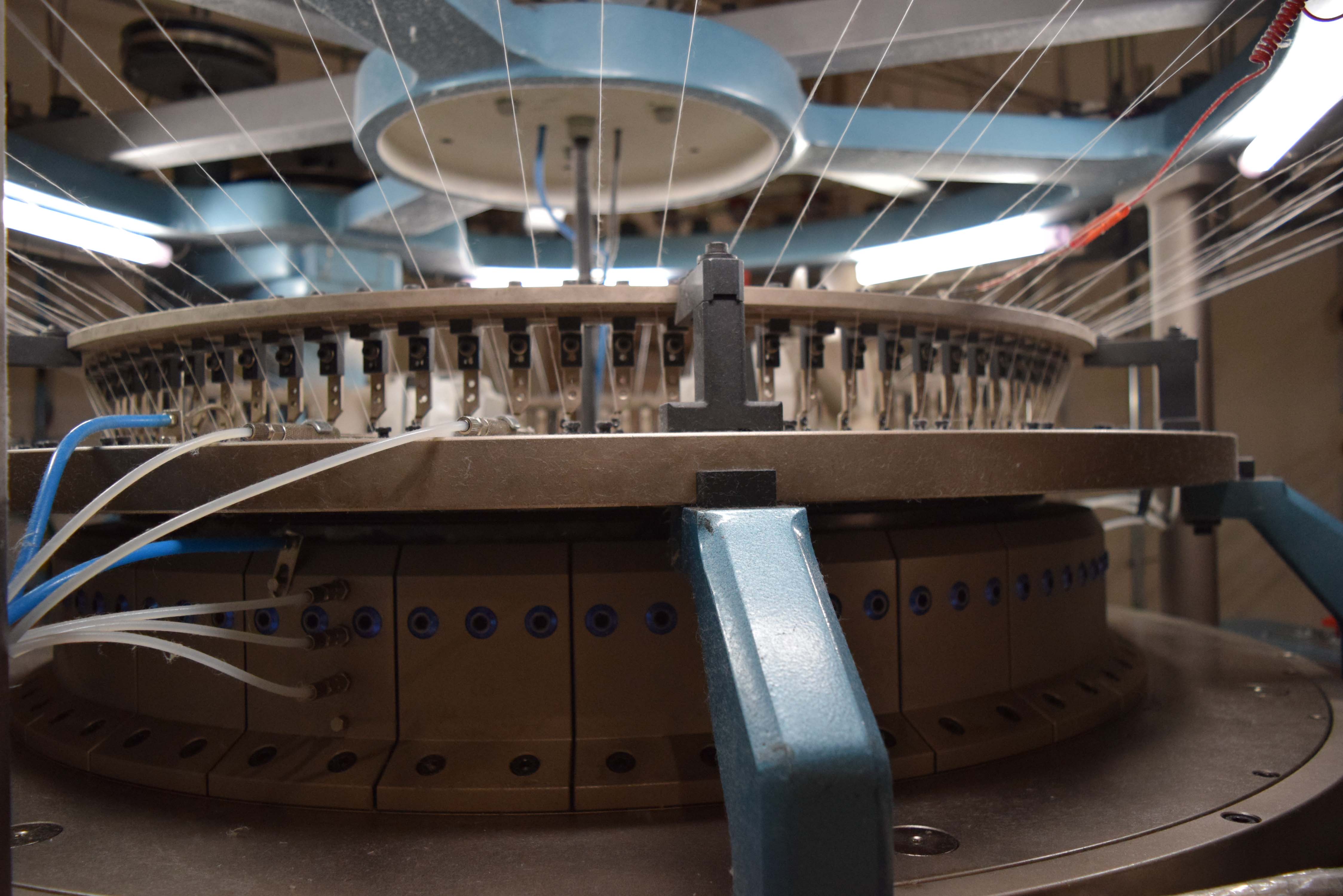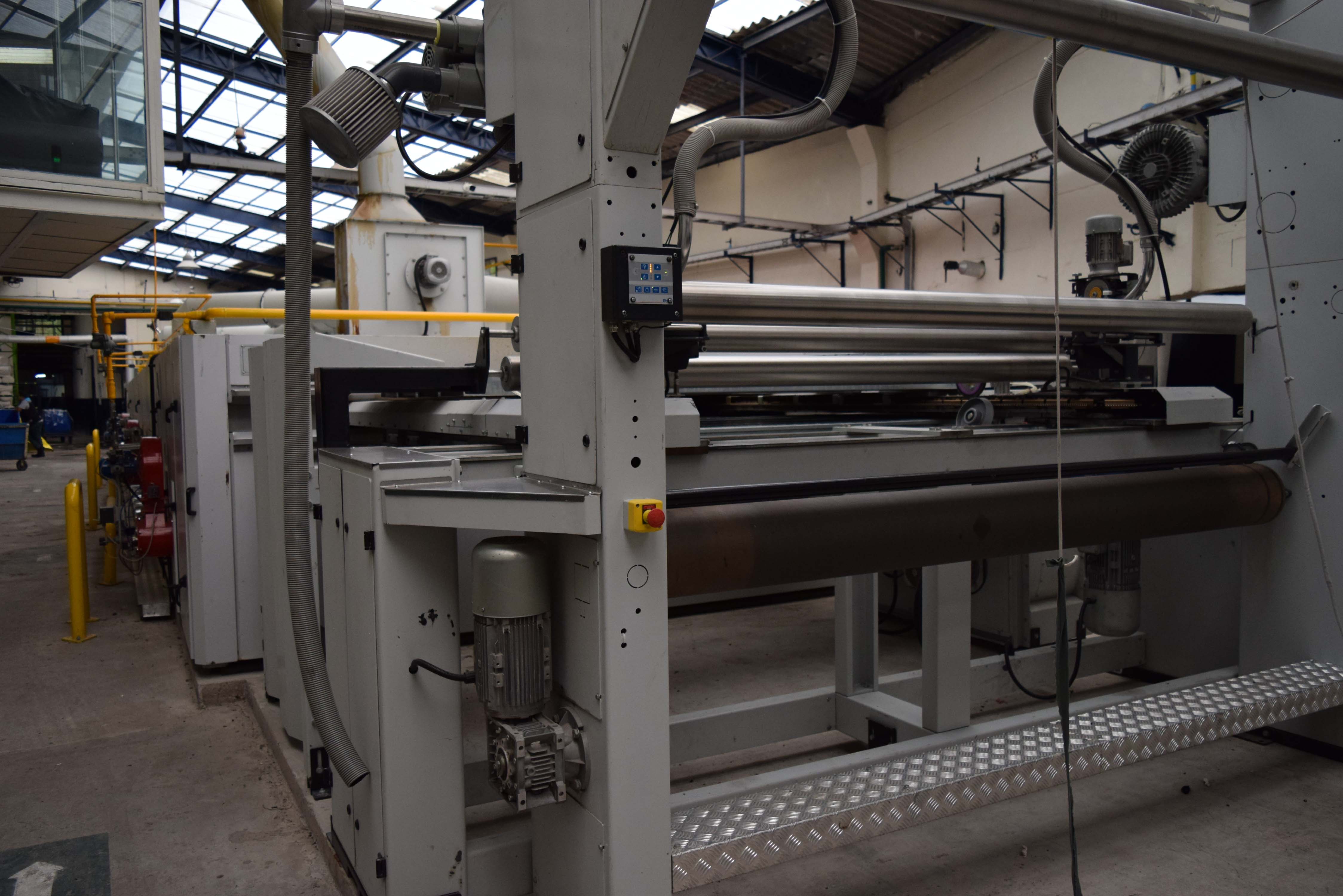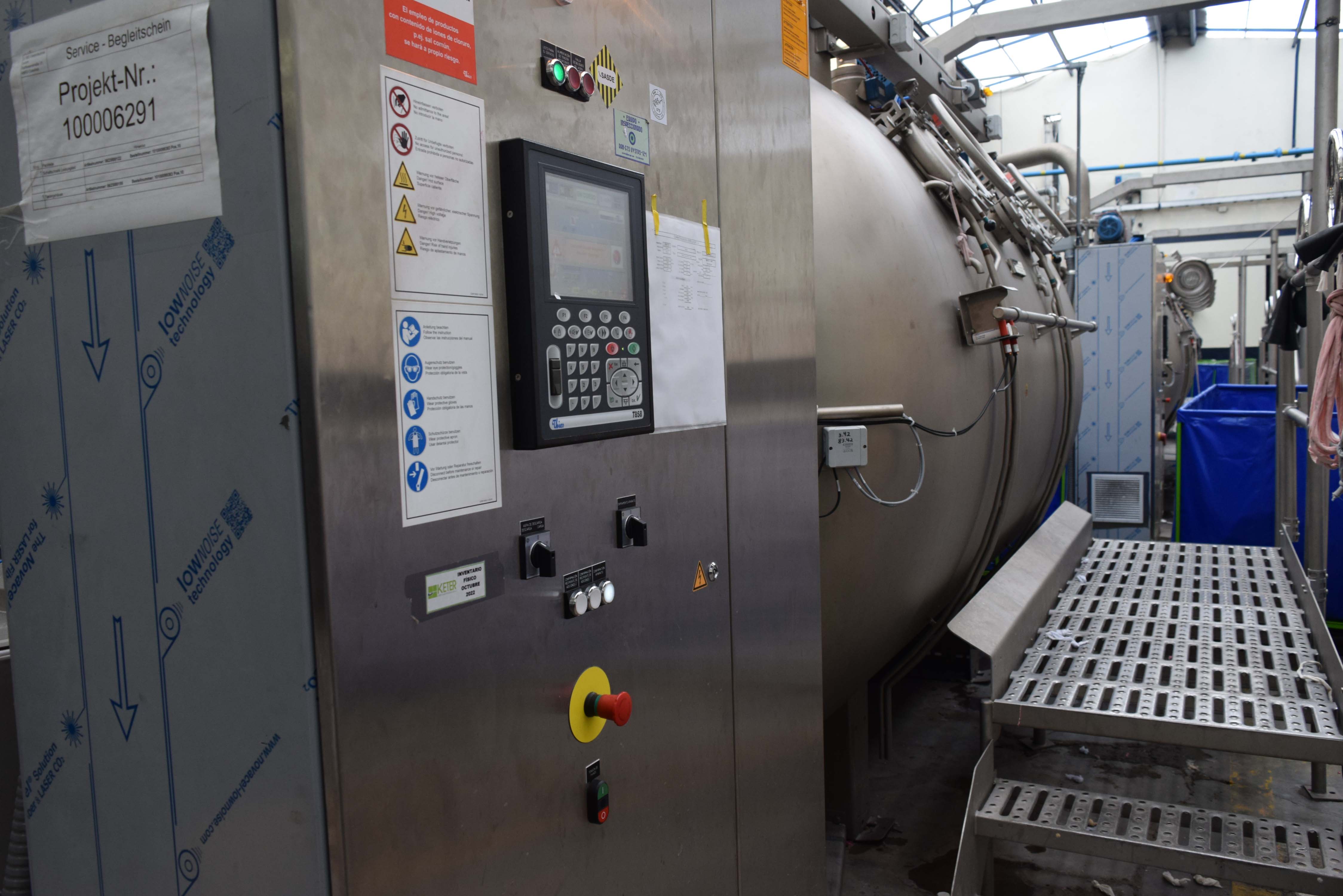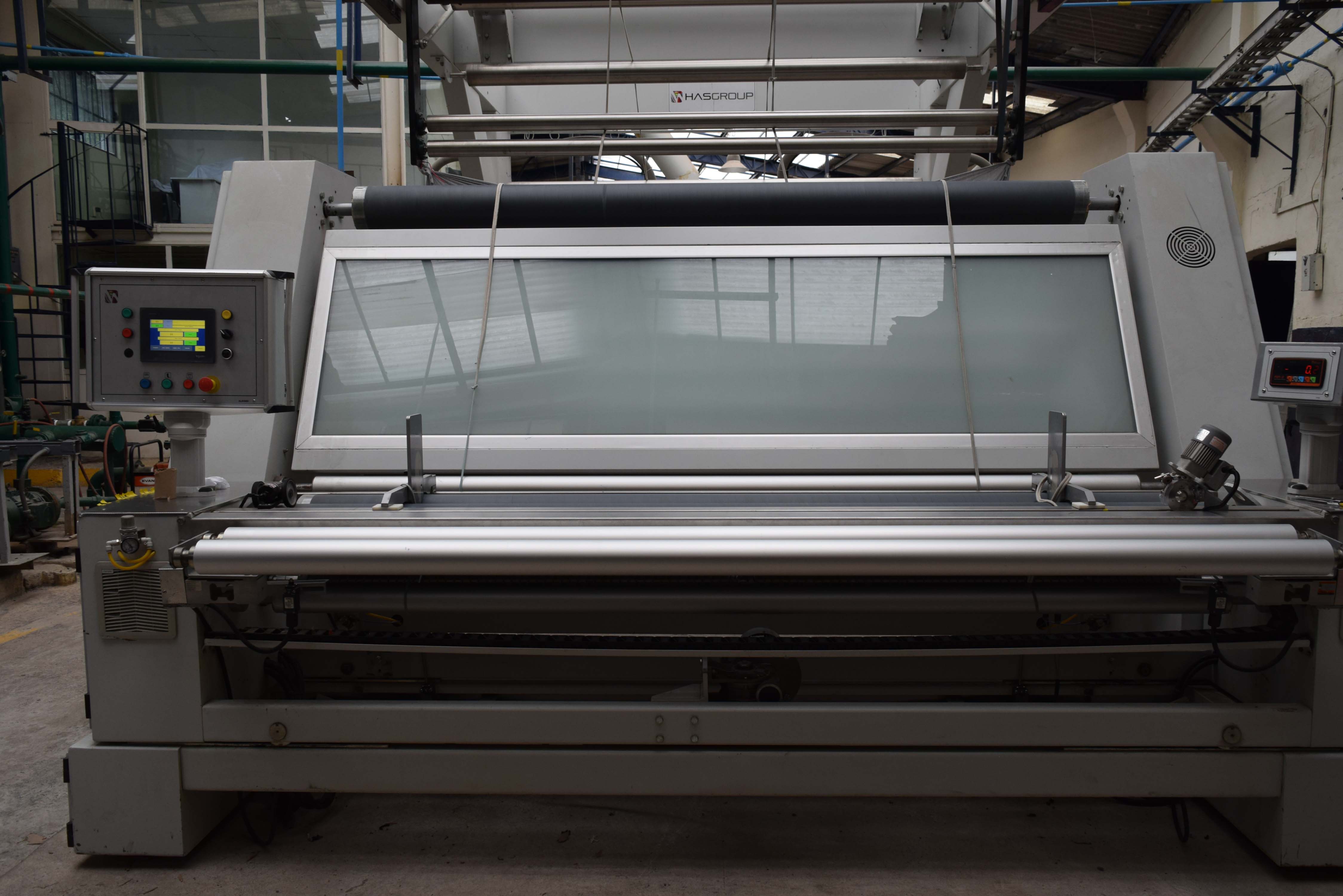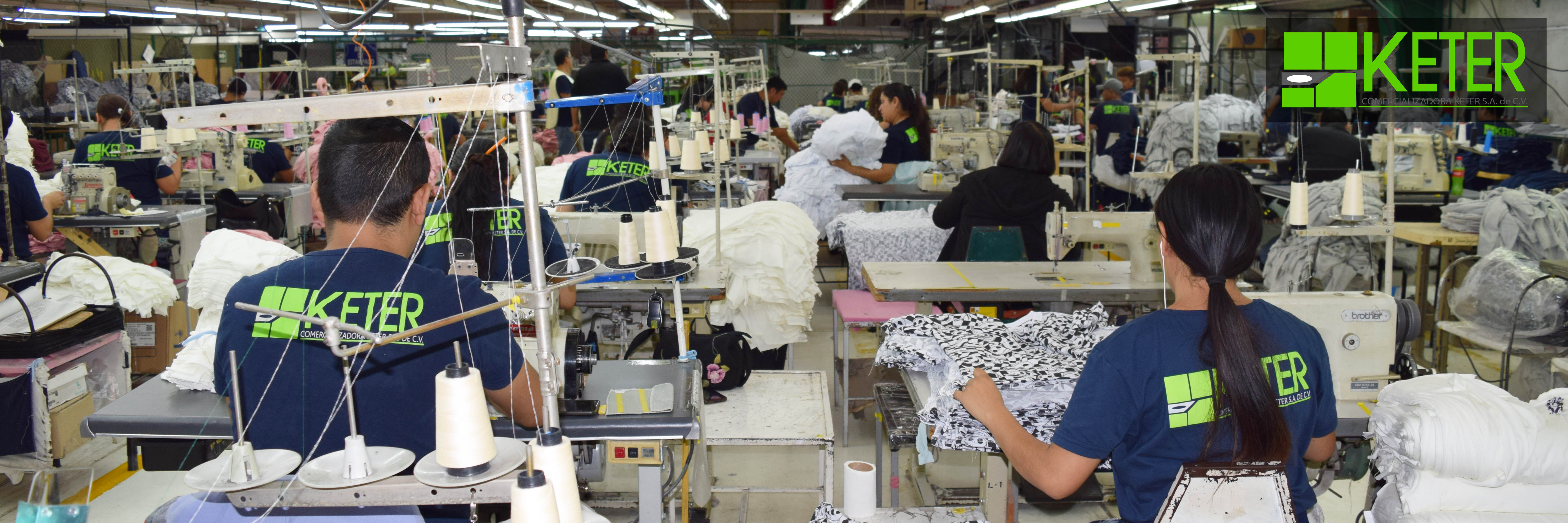
Garment Manufacturing
Our commitment to excellence is reflected in every stage of the process. From cutting and sewing to finishing and quality control, we pay attention to every detail to ensure that the final products meet the highest standards of quality and durability.
Fabric Handling: Jersey, all ribs, interlock, Lycra, Blas, Piqué, Thermal, Polar, Knit, and Light denim.
The process of garment production and textile manufacturing, involves several systematic and efficient stages
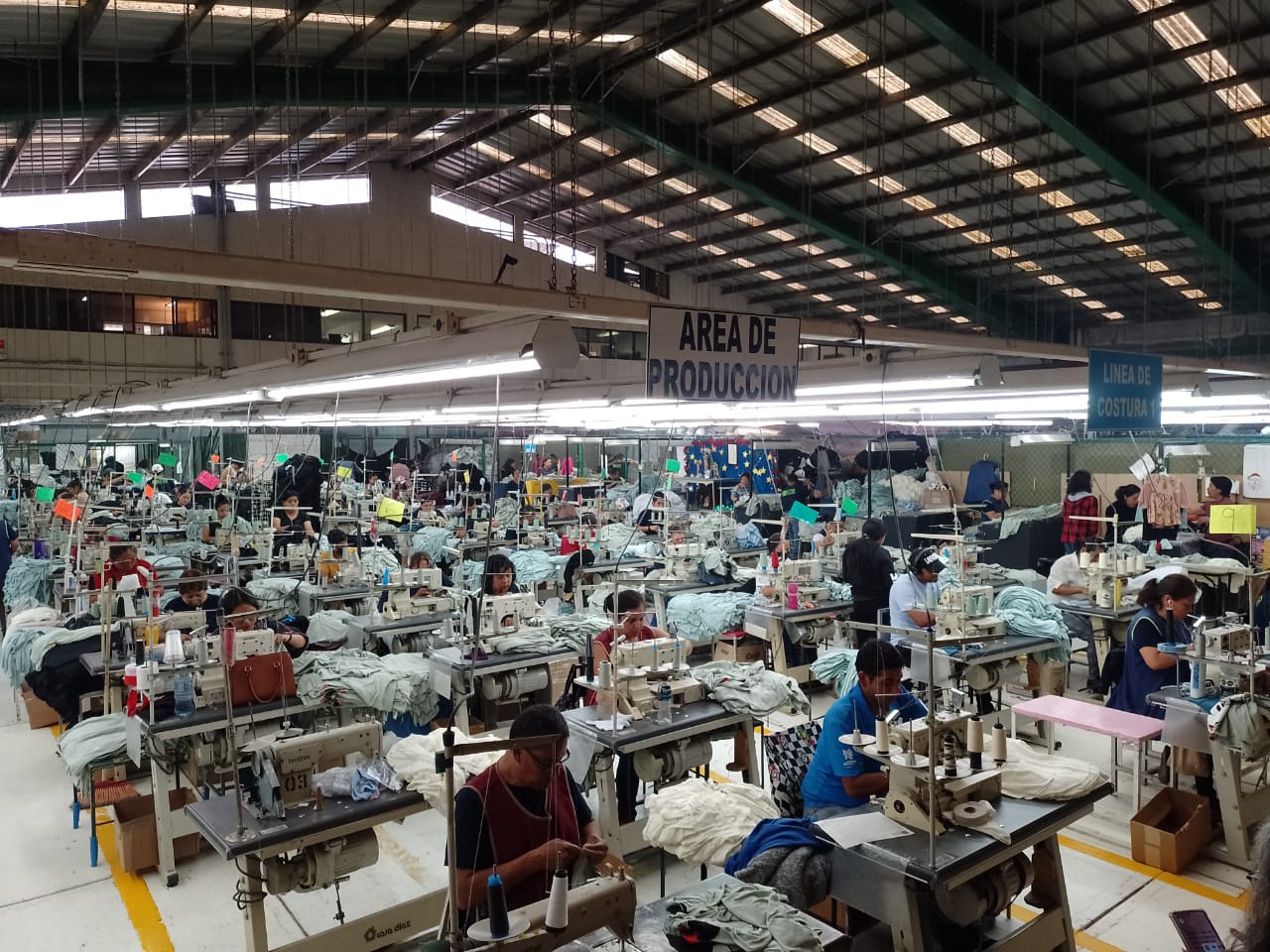
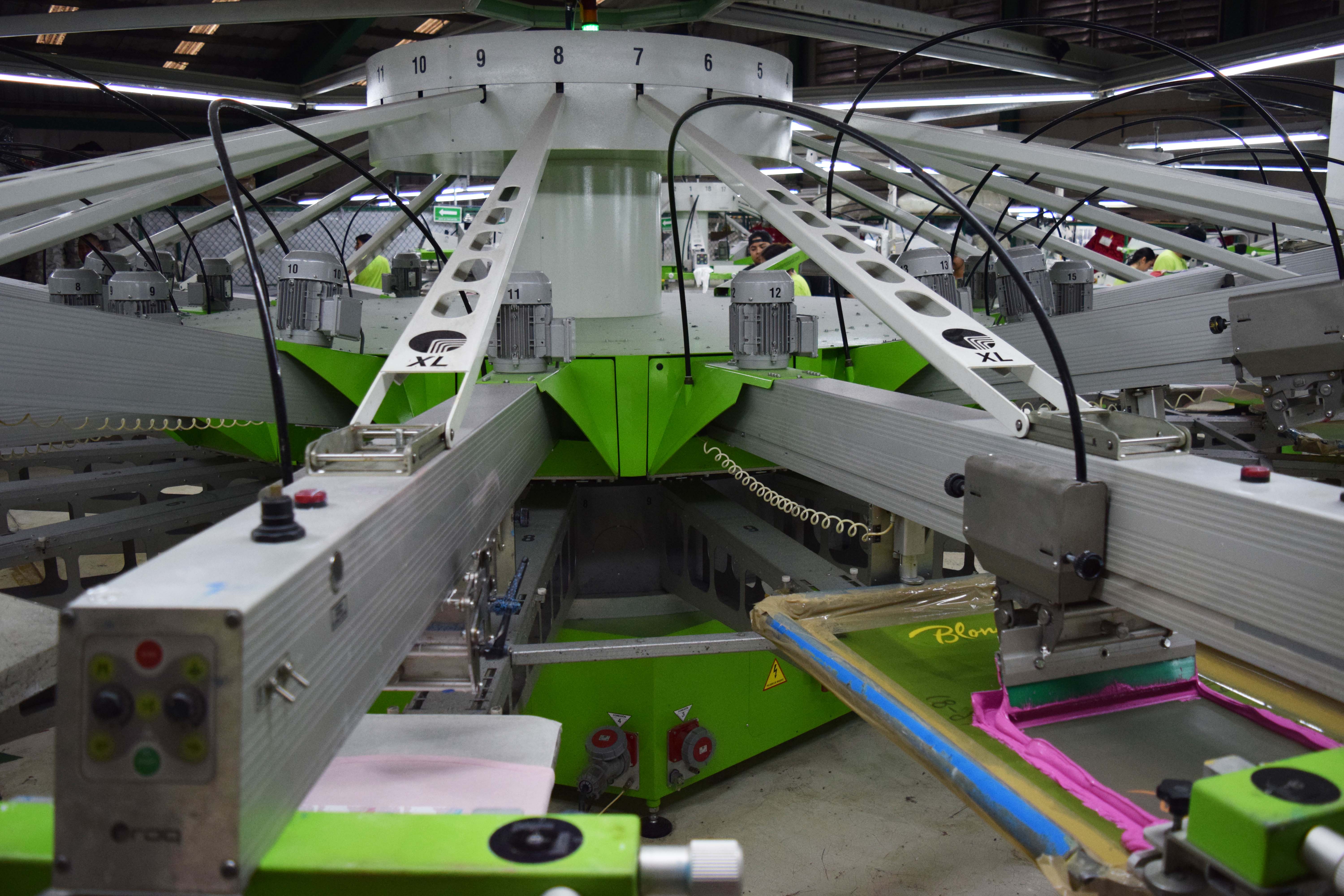
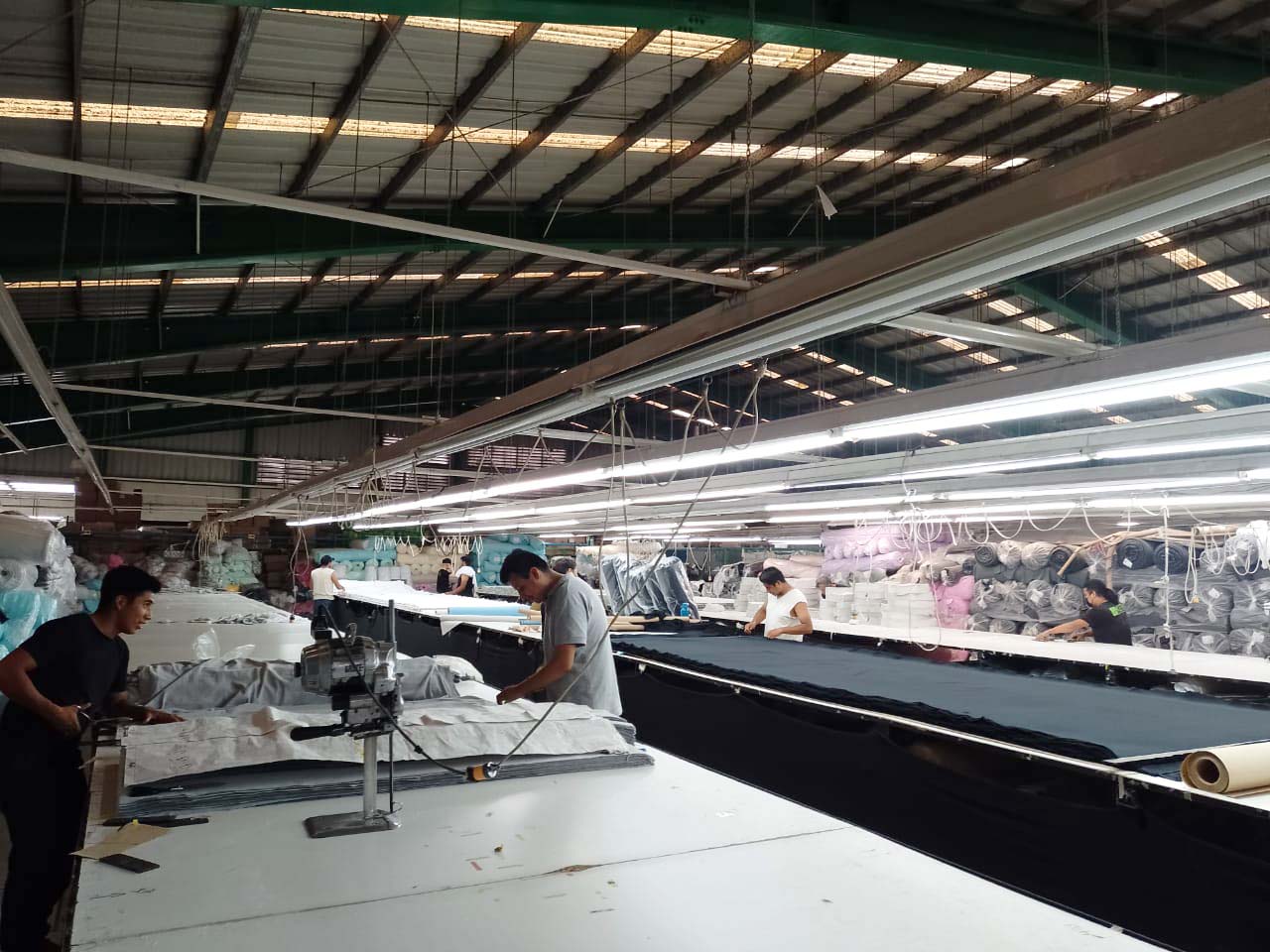
Pre-production: The first stage involves creating patterns for the garments. Patterns are paper or digital templates that represent the different parts of the garment, such as the front, back, sleeves, among others. These patterns are created by designers and pattern specialists, taking into account the measurements and design of the garment.
Fabric cutting: Once the patterns are ready, the fabric cutting process begins. Layers of fabric are spread on cutting tables, and the patterns are placed on top. Using cutting tools such as blades or automated cutting machines, the fabric pieces are accurately cut following the contours of the patterns. This process ensures that the fabric pieces fit perfectly when assembled.
Capacity: 120,000 garments cut per week.
Assembly: After cutting, the fabric pieces move to the assembly stage. Here, different parts of the garment are joined together using sewing techniques. Industrial sewing machines and skilled personnel handle sewing the seams, attaching zippers, buttons, elastics, or any other required elements. Attention to detail and constant quality checks are essential during this stage to ensure the stitching meets high standards.
Finishing: Following assembly, the garments go through the finishing stage. Various processes are carried out, including seam finishing, garment ironing to remove wrinkles and give them a polished appearance, attaching labels, visual inspection to identify potential defects, and adding any additional details such as embellishments or appliques.
Quality control: Throughout the entire production process, rigorous quality control is implemented. Garments are inspected to ensure they meet the established quality standards. Measurements, seams, finishes, and other relevant aspects are verified to ensure the garments are defect-free and of high quality.
Packaging and shipping: Once the garments pass the quality control, they are prepared for packaging. The garments are carefully folded or rolled, placed in bags or boxes, and labeled with the appropriate information. They are then prepared for shipping to retail stores, warehouses, or directly to customers. Logistics processes are coordinated to ensure timely and accurate delivery of the garments.
Capacity: 120 000 pcs / week
